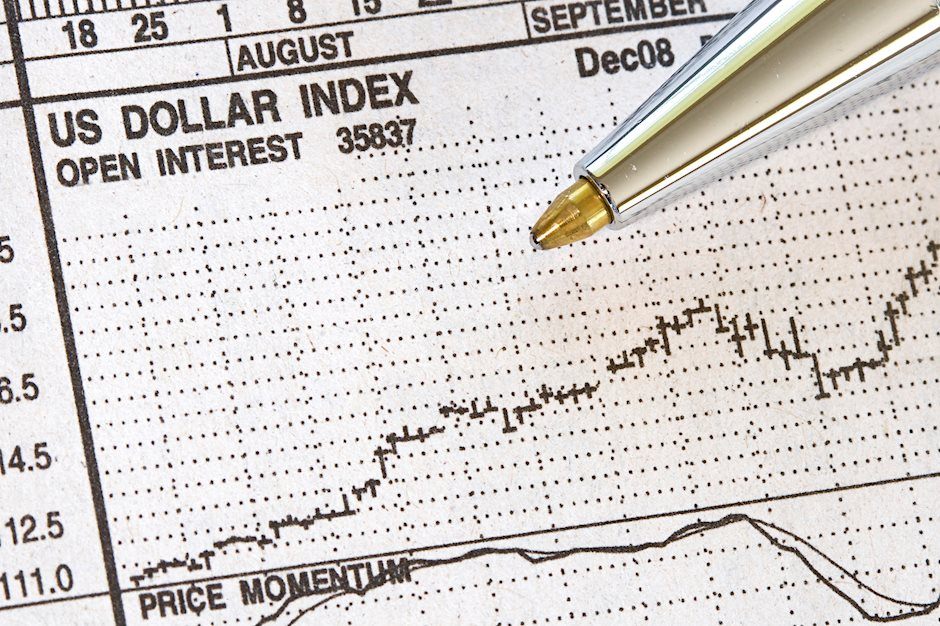US Dollar back to flat with tensions brewing in the Middle East
- The US Dollar heads back to flat after taking a step back earlier.
- The Greenback gave up its earlier gains against the Chinese Yuan and the Japanese Yen this Monday.
- The US Dollar Index trades near 105.00 and flirts with a break below.

The US Dollar (USD) sees traders piling back into trades and bets that the US Federal Reserve will cut sooner against the stance from last week. The US Jobs Reports missed estimates, although the data was not bad either as the Nonfarm Payrolls Change and the Unemployment Rate suggested still good labor market conditions. The week ahead will be light in terms of economic data releases, but Federal Reserve speakers will return to the stage and their interest-rate outlook has the potential to move the needle for the US Dollar.
On Monday, the Fed will publish the Senior Loan Officer Survey (SLOOS), in which the central bank looks at 80 large domestic banks and 24 branches of international banks to measure current credit and lending conditions. The report can impact decisions on setting interest rates and discount rates. Ahead of the SLOOS release, Federal Reserve Bank of New York President John Williams will speak at a Q&A session in California and Federal Reserve Bank of Richmond Thomas Barkin will also take the stage.
Daily digest market movers: Middle East on the radar
- While the US trading session continous, reports are coming in on the Gaza region:
- Egypt has fortified its Northern border, near Gaza.
- Hamas has frozen current hostage deal and ceasefire negotiations, Reuters reported.
- Israel meanwhile has started its next offensive in and around Rafah.
- Both the Japanese Yen and the Chinese Yuan were depreciating nearly 0.50% on the day against the Greenback, though ahead of the US opening bell sentiment is changing and the Greenback fades.
- Over the weekend, Israel’s Prime Minister Benjamin Netanyahu said Israel is open to a ceasefire to exchange hostages, although he pushed against the request from Hamas to make it a lasting ceasefire, Bloomberg reports. Meanwhile, several world leaders came out condemning Israel’s recent attacks on Rafah, where several civilians have fled to, away from other attacked cities in the region.
- The US Treasury is heading to markets again, to auction a 3-month and a 6-month bill near 15:.30 GMT.
- Around 17:00 GMT, Federal Reserve Bank of New York President John Williams will speak at a Q&A session in California. Broadly at the same time, Richmond Fed President Thomas Barkin will also deliver a speech.
- The Fed will release its recent finding from the Senior Loan Officer Survey (SLOOS) at around 18:00 GMT.
- US equities are trading around 0.50% gains with the Nasdaq leading the uprising.
- The CME Fedwatch Tool suggests a 91.8% probability that June will still see no change to the Federal Reserve's fed fund rate. Odds of a rate cut in July are also out of the cards, while for September the tool shows a 49.9% chance that rates will be 25 basis points lower than current levels.
- The benchmark 10-year US Treasury Note trades around 4.50% and fell out of bed earlier in the Asian-Pacific (APAC) session, sliding to 4.44%.
US Dollar Index Technical Analysis: Do not forget geopolitics
The US Dollar Index (DXY) had a rough ride last week with US Dollar bulls being steamrolled twice by the Japanese government’s intervention in the USD/JPY pair. Although a near $60 billion in cash got burned, according to Bloomberg, to get USD/JPY from 160.00 to 151.86, it brought the US Dollar Index to the 55-day Simple Moving Average (SMA) at 104.52. This is the level where Dollar bulls were eager to get in and triggered a firm bounce in both the DXY and the USD/JPY pair, with room for further recovery.
On the upside, 105.52 (a pivotal level since April 11, 2024) needs to be recovered first through a daily close above this level before targeting the April 16 high at 106.52 for a third time. Further up and above the 107.00 round level, the DXY index could meet resistance at 107.35, the October 3 high.
On the downside, the 55-day and the 200-day Simple Moving Averages (SMAs) at 104.52 and 104.23, respectively should provide ample support. If those levels are unable to hold, the 100-day SMA near 103.86 is the next best candidate.
Fed FAQs
Monetary policy in the US is shaped by the Federal Reserve (Fed). The Fed has two mandates: to achieve price stability and foster full employment. Its primary tool to achieve these goals is by adjusting interest rates. When prices are rising too quickly and inflation is above the Fed’s 2% target, it raises interest rates, increasing borrowing costs throughout the economy. This results in a stronger US Dollar (USD) as it makes the US a more attractive place for international investors to park their money. When inflation falls below 2% or the Unemployment Rate is too high, the Fed may lower interest rates to encourage borrowing, which weighs on the Greenback.
The Federal Reserve (Fed) holds eight policy meetings a year, where the Federal Open Market Committee (FOMC) assesses economic conditions and makes monetary policy decisions. The FOMC is attended by twelve Fed officials – the seven members of the Board of Governors, the president of the Federal Reserve Bank of New York, and four of the remaining eleven regional Reserve Bank presidents, who serve one-year terms on a rotating basis.
In extreme situations, the Federal Reserve may resort to a policy named Quantitative Easing (QE). QE is the process by which the Fed substantially increases the flow of credit in a stuck financial system. It is a non-standard policy measure used during crises or when inflation is extremely low. It was the Fed’s weapon of choice during the Great Financial Crisis in 2008. It involves the Fed printing more Dollars and using them to buy high grade bonds from financial institutions. QE usually weakens the US Dollar.
Quantitative tightening (QT) is the reverse process of QE, whereby the Federal Reserve stops buying bonds from financial institutions and does not reinvest the principal from the bonds it holds maturing, to purchase new bonds. It is usually positive for the value of the US Dollar.
Author

Filip Lagaart
FXStreet
Filip Lagaart is a former sales/trader with over 15 years of financial markets expertise under its belt.

















